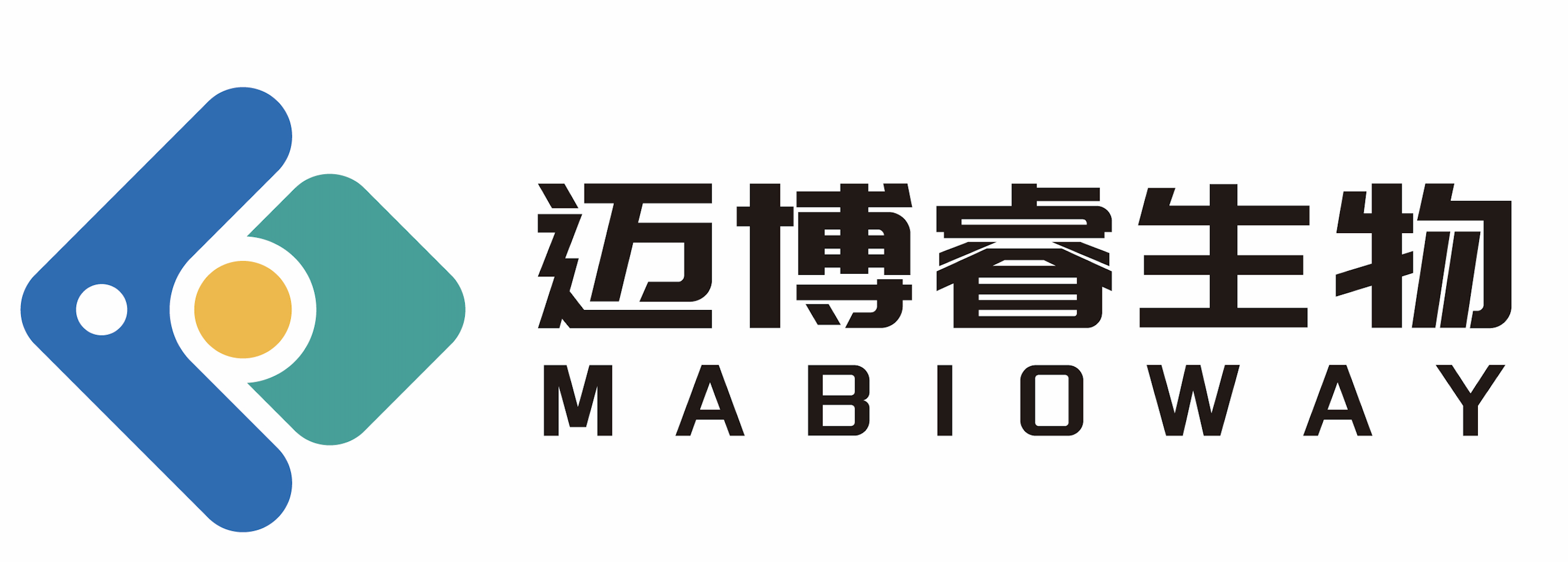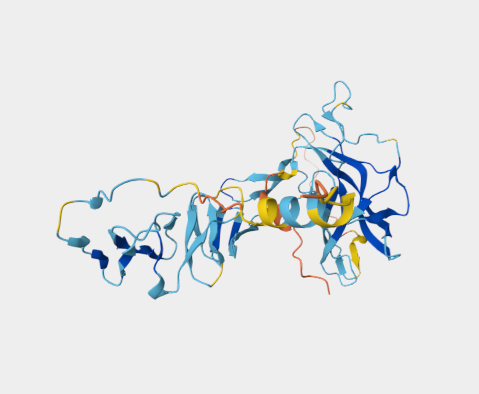Key features and details | |
Cat. No. | MABL-1278 |
Name | Anti-CTGF mAbs |
Clone No. | AFD- HL2180 [17-73-D6] |
From | Recombinant Antibody |
Isotype | Engineer antibody |
Application | WB, ELISA, IHC |
Species Reactivity | Rabbit, Human |
Basic Information | |
Specificity | This antibody binds aa 181-197 of hCTGF corresponding to the hinge region. It was also shown to stain rabbit CTGF in IHC. CTGF is a cysteine-rich, matrix-associated, heparin-binding protein. In vitro, CTGF mediates some of the effects of TGF-beta on skin fibroblasts, such as stimulation of extracellular matrix production, chemotaxis, proliferation and integrin expression. CTGF can promote endothelial cell growth, migration, adhesion and survival and is implicated in endothelial cell function and angiogenesis.CTGF has been implicated in extracellular matrix remodeling in wound healing, scleroderma and other fibrotic processes, as it is capable of up-regulating both matrix metalloproteinases (MMPs) and their inhibitors (TIMPs). Thus, CTGF has the potential to activate both the synthesis and degradation of extracellular matrix. |
Alternative Name | Connective Tissue Growth factor; CCN family member 2; Cellular communication network factor 2; Connective tissue growth factor; Hypertrophic chondrocyte-specific protein 24; Insulin-like growth factor-binding protein 8; IBP-8; IGF-binding protein 8; IGFBP-8 |
UniProt | P29279 |
Immunogen | The original version of this antibody was raised by immunizing mice against a peptide representing aa 181-197 of hCTGF corresponding to the hinge region. |
Application Notes | Proteolytically generated fragments of CTGF that retain functionality have been measured in biological fluids; this monoclonal antibody was designed with the intention to: a) discern between cleaved and uncleaved forms on the basis of a loss of immunoreactivity after cleavage (i.e. aa 187- 197). This clone HL2180 [17-73-D6] binds specifically to the hinge region. b) Develop a sandwich ELISA using two mAbs per fragment, where one mAb is the capture antibody and the other is the detector (together with our non-competitive clones Ab02552 (HL2181) and Ab02553 (HL2198) which recognize distinct regions of CTGF. This antibody can be also used to detect CTGF in tissues via immunohistochemistry. |
Antibody First Published | |
Note on publication | |
COA Information (For reference only, actual COA shall prevail) | |
Size | 100 μg Purified antibody. |
Concentration | 1 mg/ml. |
Purification | Protein A affinity purified |
Buffer | PBS with 0.02% Proclin 300. |
Concentration | 1 mg/ml. |
Storage Recommendation | Store at 4⁰C for up to 3 months. For longer storage, aliquot and store at - 20⁰C. |



